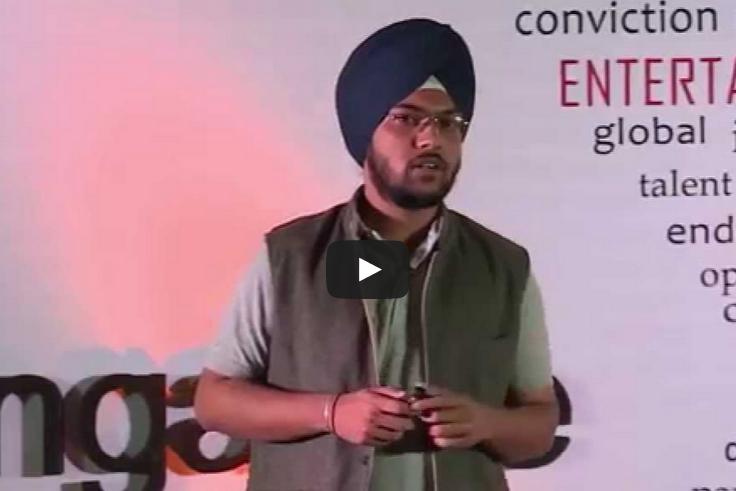Exchange Traded Funds have been in existence since 2001 in our country. Still, there hasn’t been a drastic increase in their popularity as compared to the conventional mutual funds. One of the chief reasons for this is the lack of proper understanding of the notion of an ETF in the minds of the general investors.
What are Exchange Traded Funds?

Exchange Traded Funds or ETFs are index based open ended funds that can be traded amongst investors in the secondary market, just like the shares of any ordinary company. As ETFs usually track a specific index, it allows investors to obtain exposure to a diversified portfolio with a single decision. Since they trade similar to a stock, they can be Sold Short or brought on Margin and trade throughout the day with prices that are continuously updated, as opposed to a conventional Mutual Fund which trades once a day at closing prices.
Additionally, since the ETF is a passively managed fund, the cost factor (expenses such as management compensation) is generally a lot lower than the actively managed funds and hence, ETFs are cost effective.
Another type of ETF which is becoming quite popular is the commodity ETF such as Gold ETF
Structure of an ETF
An Exchange Traded Fund is characterized by a unique “in kind” creation and redemption process. The market makers, in this case are specialists known as “Authorized Participants” or AP. The Asset Management Companies Create the Creation / Redemption units in large multiples of individual shares. The authorized participants initially deposit the individual shares that make up the index being tracked to the AMC and in return receive a “Creation Unit”. Since this is created by depositing shares as underlying, it is called an “in kind” creation.
When there is excess demand for an ETF, the authorized participant ‘creates’ the required creation units by depositing the requisite portfolio of stocks to the AMC. In return, he / she gets the creation units which he/she can sell to the investors.
In case of excess redemption by the investors, the process is pretty much the same in the reverse direction. The Authorized Participant redeems the units with the fund to get the portfolio of stocks being used to track the index. The AP can then sell the portfolio to pay off the investors.
This ability to purchase and redeem creation units provides the ETF with an arbitrage mechanism that minimizes the deviation between the Funds’ Market Price and the Net Asset Value (NAV).
All these processes are system driven & happens in real time with minimal complexities.
Grey Areas
1. ETFs mostly track a narrow based market index with stocks that have a large market capitalization. The Mid-caps and the Small-caps generally get left out.
2. Some ETFs do not have a large trading volume and hence, their bid-ask spread can be quit large.
3. Some critics argue that ETFs can be used to manipulate market prices by utilizing options such as a short sell.
Outlook
Going forward, there are many reasons which may propel the popularity of ETFs in our country. A few among them are:
1. After the current Bull Run, as the market become overvalued or fairly valued, it might become difficult to consistently beat the indices. At such a point, passive funds may look like a better option than the actively managed funds.
2. Low Costs.
3. Transparency
4. Tax Benefits of certain ETFs.
5. The effect of certain ETFs like Gold or Real Estate / Bank ETFs to lower the portfolio beta.
6. Some ETFs invest in a pool of global securities, thereby offering investors exposure to a foreign market.
[The article has been written by Abhishake Dixit. He is an Engineering Graduate and an MBA in the making. He scored 99.8 percentile in CAT 2010 and has completed Post Graduate Programme in Management of MDI – Gurgaon. ]
You might like reading:

Harpreet Sareen , TEDxNMIMSBangalore 2014
Harpreet Sareen is a researcher and an observer. He is an inventor, artist and an engineer who builds interactive experiences blurring the boundary between digital and physical worlds. One of his such projects is Web@ssist . It aims at improving the accessibility of web for people across a wide horizon of disabilities. He says “When problems and feelings of the […]
“Khud ko kar buland” – Birla Sun Life Insurance
How often have we come across great stories? Such a script has been vividly described in this recent advert from Birla Sun Life Insurance. Have a look. Tags: ads birla sunlife
































